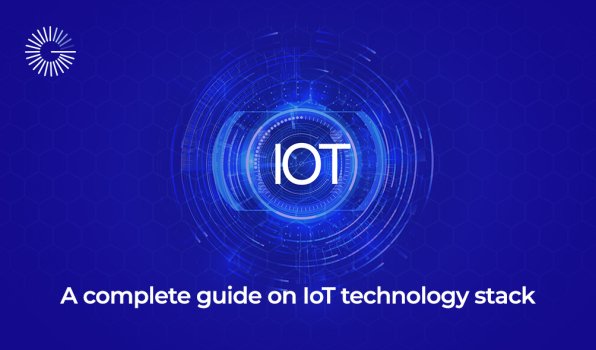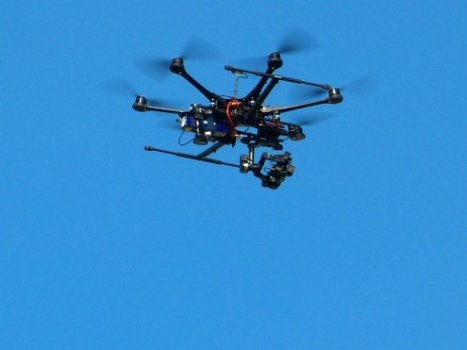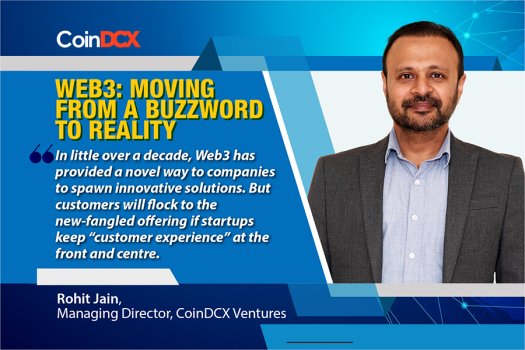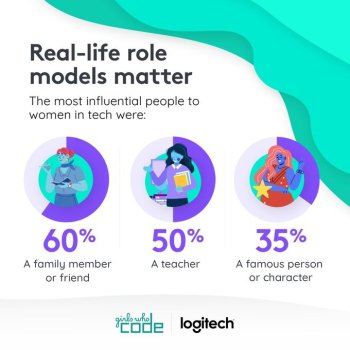Marketing: Top 5 Ways to Get Your Crypto Start-Up Noticed
- Blockchain & Web3
- 0 Replies
From a curious fad, cryptocurrencies have developed into a much more mainstream method of funding and investment. Huge companies such as PayPal and Mastercard have played a significant role in building up crypto’s popularity and credibility in recent years. This, in turn, has inspired many blockchain start-ups to enter the market.
With such a huge influx in crypto start-up projects, competition has skyrocketed. As a result, running a successful marketing campaign in this space is tougher than ever. In fact, it is a full-time job that requires focusing on implementing and overseeing customized marketing strategies to secure a project’s growth.
Marketing Agencies and Expertise
A crypto marketing agency can use its expertise to guide a start-up through its advertising and marketing with innovative strategies. A number of marketing strategies have delivered good results for many cryptocurrency projects.
With that in mind, let’s take a look at some of the fundamental building blocks that every good marketing campaign should include.
1. A Standout Whitepaper
A whitepaper is an authoritative report presenting a problem and a solution on a particular subject. Marketers produce whitepapers to inform readers on a specific topic or to describe and promote a specific methodology.
Satoshi Nakamoto first established the process of releasing a whitepaper for a blockchain project. Nowadays, almost all well-known cryptocurrencies have a whitepaper. This document must be well put together as it is an essential component of the Initial Coin Offering (ICO) marketing.
Whitepapers also play a big role in generating sales leads. A whitepaper educates and sells the product to the reader simultaneously. Unsurprisingly, whitepapers have higher conversion rates than most other marketing methods.
Continue reading: https://beincrypto.com/marketing-top-5-ways-crypto-start-up-noticed/
With such a huge influx in crypto start-up projects, competition has skyrocketed. As a result, running a successful marketing campaign in this space is tougher than ever. In fact, it is a full-time job that requires focusing on implementing and overseeing customized marketing strategies to secure a project’s growth.
Marketing Agencies and Expertise
A crypto marketing agency can use its expertise to guide a start-up through its advertising and marketing with innovative strategies. A number of marketing strategies have delivered good results for many cryptocurrency projects.
With that in mind, let’s take a look at some of the fundamental building blocks that every good marketing campaign should include.
1. A Standout Whitepaper
A whitepaper is an authoritative report presenting a problem and a solution on a particular subject. Marketers produce whitepapers to inform readers on a specific topic or to describe and promote a specific methodology.
Satoshi Nakamoto first established the process of releasing a whitepaper for a blockchain project. Nowadays, almost all well-known cryptocurrencies have a whitepaper. This document must be well put together as it is an essential component of the Initial Coin Offering (ICO) marketing.
Whitepapers also play a big role in generating sales leads. A whitepaper educates and sells the product to the reader simultaneously. Unsurprisingly, whitepapers have higher conversion rates than most other marketing methods.
Continue reading: https://beincrypto.com/marketing-top-5-ways-crypto-start-up-noticed/

























